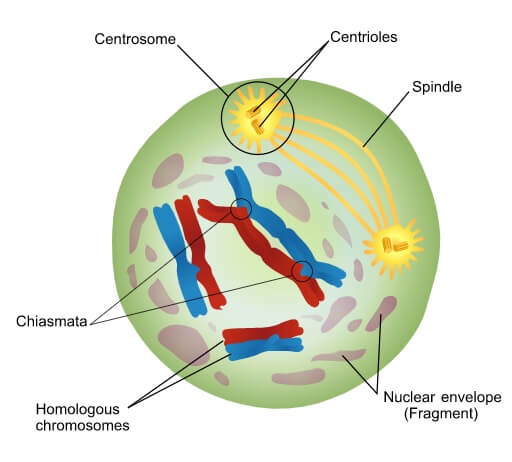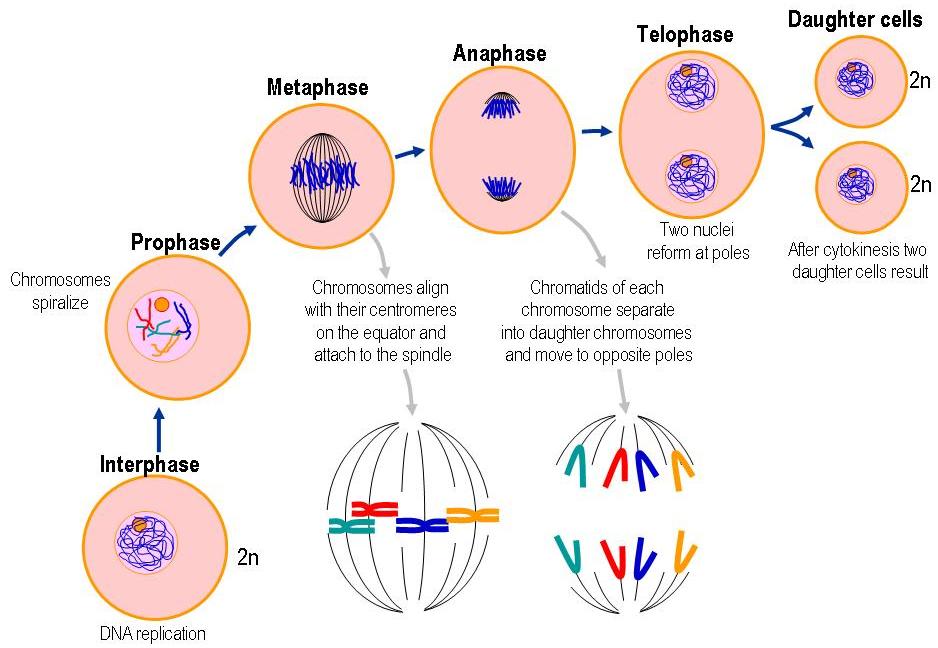

It involves the following events:Ī) Nucleoli and nuclear membrane start disappearing.ī) The homologous chromosomes are joined at several points, called chiasmata. Iv) Diplotene: It is called double-threaded stage. It involves the following events:ī) Chromosomes of a homologous pair appear as tetrads.Ĭ) Crossing over occurs between non-sister chromatids of homologous chromosomes. (iii) Pachytene : It is called thick-threaded stage. It is called synapsis.ī) Paired homologous chromosomes are called bivalents. The condensation of chromosomes is observed in: (a) Prophase (b) Anaphase (c). It is characterized by the following events :Ī) Pairing of homologous chromosomes, takes place. 2 3 4 1 Explanation: Thymine (T) is one of four nitrogenous bases in DNA. Ii) Zygotene : It is called yoked-threaded stage. It involves following events :ī) Condensation of nuclear chromatin into chromosomes.Ĭ) The end of chromosomes are attached to nuclear membrane through attachment plate. Crossing over always takes place between two non-sister chromatids and never between. I) Leptotene : It is called thin-threaded stage. In this situation, non-sister chromatids can cross over. It may be divided into five substages : leptotene, zygotene, pachytene, diplotene and diakinesis. Prophase-I of Meiosis-I: It is the first stage of karyokinesis of meiosis-I. It involves the reduction of chromosome number to half (haploid) So, meiosis is called reductional division.

It is one of the final phases of genetic recombination, which occurs in the pachytene stage of prophase I of meiosis during a process called. Homologous chromosomes can exchange parts in a process called "crossing over.Meiosis occurs in diploid cell. Chromosomal crossover, or crossing over, is the exchange of genetic material during sexual reproduction between two homologous chromosomes non-sister chromatids that results in recombinant chromosomes.

In Metaphase I, homologous chromosome pairs line up. This shuffling process is known as recombination or "crossing over" and occurs while the chromome pairs are lined up in Metaphase I. Each sibling is 50% mom and 50% dad, but which 50% of each can vary in the siblings. The long, threadlike material of the nucleus coils up into visible chromosomes, and the nuclear membrane disappears. But this happens independently for each trait, so just because you got your dad's brown eyes doesn't mean you'll get his blond hair too. In the first phaseprophasea centriole, located outside the nucleus, divides. Each sperm and egg will end up with either B or b from mom and either B or b from dad. This leads to four possibilities: You could get B from mom and B from dad, or B from mom and b from dad, or b from mom and B from dad, or b from mom and b from dad. Imagine, for example, that eye color was controlled by a single gene, and that mom could have B, the allele for brown eyes or b, the allele for blue eyes, and dad could also have B or b. This organelle controls the microtubules in the cell, and each centriole is one half of the organelle. Prophase, in both mitosis and meiosis, is recognized by the condensing of chromosomes and separation of the centrioles in the centrosome. But each non-identical-twin child of these parents ends up with a different combination. Prophase is the starting stage of cell division in eukaryotes. You ended up with half of mom's paired genes and half of dad's paired genes. Prometaphase: The nuclear envelope breaks down and the centrosomes, specialized cell structures, form the microtubules associated with the separation of the sister chromatids. Condensation makes chromosomes become distinct and compact. Your parents each have at least one pair of alleles (versions of a gene) for every trait (and many pairs of alleles for each polygenic trait). Prophase I is the longest phase of meiosis and is further sub divided into 5 phases: Leptotene.


 0 kommentar(er)
0 kommentar(er)
